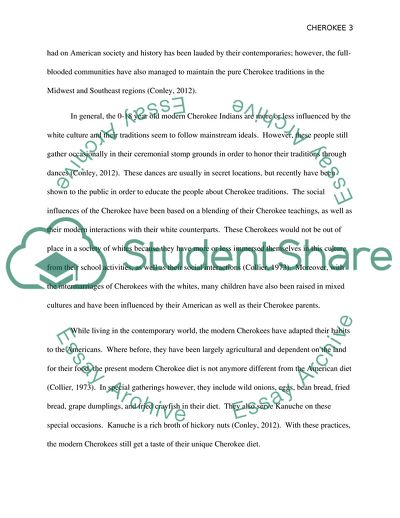Cite this document
(Cherokee - Native American Indians Research Paper, n.d.)
Cherokee - Native American Indians Research Paper. https://studentshare.org/people/1770276-native-amercian-indians
Cherokee - Native American Indians Research Paper. https://studentshare.org/people/1770276-native-amercian-indians
(Cherokee - Native American Indians Research Paper)
Cherokee - Native American Indians Research Paper. https://studentshare.org/people/1770276-native-amercian-indians.
Cherokee - Native American Indians Research Paper. https://studentshare.org/people/1770276-native-amercian-indians.
“Cherokee - Native American Indians Research Paper”. https://studentshare.org/people/1770276-native-amercian-indians.


